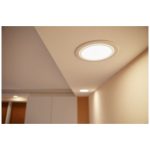CFL or LED Lighting: Which Should You Choose to Light Up Your Home?
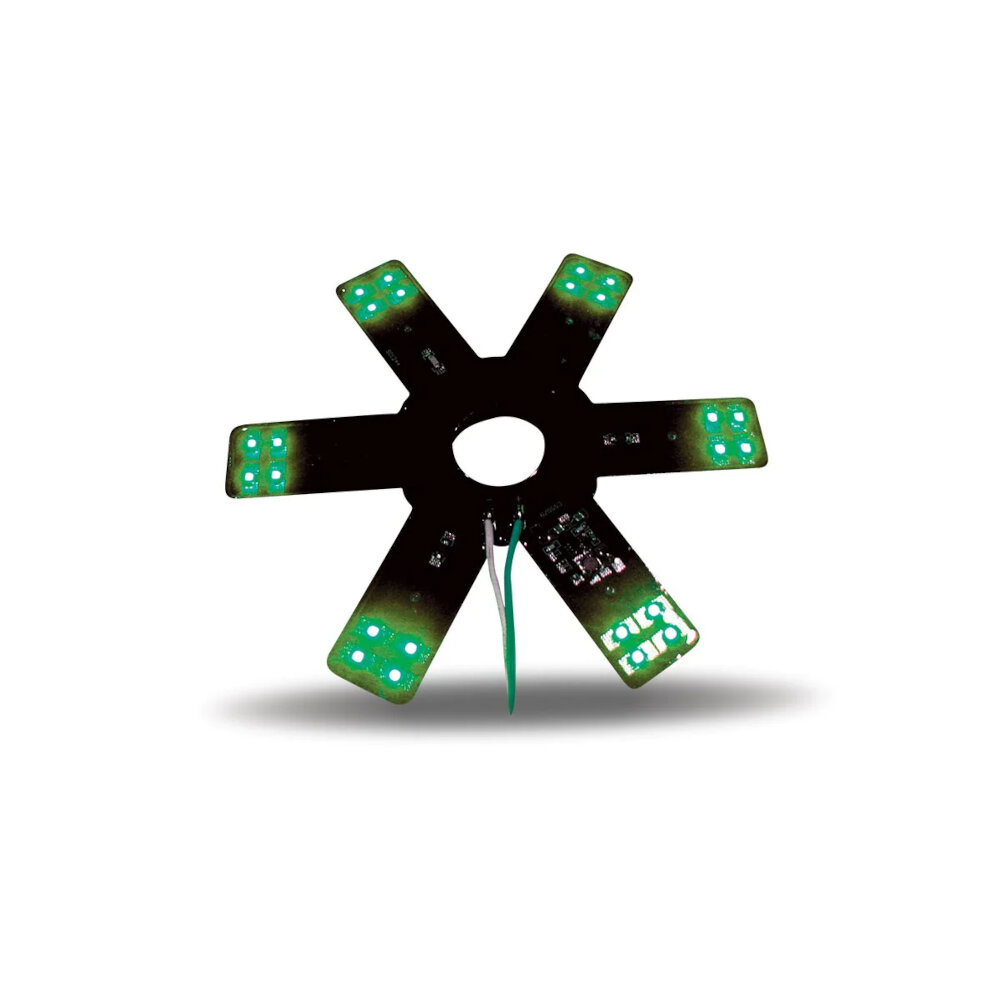
Lighting is an essential aspect of any home, as it not only illuminates the space but also sets the mood and ambiance. With the advancement of technology, there are now various options available to light up your home, and the two most popular ones are CFL and LED lighting. Choosing the right type of lighting can be overwhelming, as both have their benefits and drawbacks. Therefore, it is essential to understand the differences between them to make an informed decision. Compact Fluorescent Lamp (CFL) lighting has been around for a while and is a popular choice due to its affordability and energy efficiency. CFL bulbs use up to 75% less energy than traditional incandescent bulbs and can last up to ten times longer. They are available in various shapes and sizes and can be used in almost any fixture. On the other hand, Light Emitting Diode (LED) lighting is a relatively new technology that has gained popularity in recent years. LED bulbs are more energy-efficient than CFLs and can last up to 25 times longer. They emit less heat, making them safer to use and are available in various colors and dimmable options. However, LED bulbs can be more expensive than CFLs, which can be a deterrent for some homeowners.
Selecting the appropriate lighting for your home is a crucial element in interior design. Proper lighting can transform a space’s overall ambiance, make it more comfortable, and enhance its functionality. It can affect the colors, textures, and patterns of your furnishings and decor, and even influence your mood and well-being. The right lighting can make a small room appear more spacious, highlight certain areas or features, or create a cozy and welcoming atmosphere. In addition, choosing energy-efficient lighting options like CFL or LED bulbs can help you save money on your electricity bills and reduce your carbon footprint, making it a smart and sustainable choice for your home. Ultimately, investing in high-quality lighting can add value to your property and improve your quality of life.
CFL and LED are two popular types of lighting options available in the market. Compact Fluorescent Lamps (CFL) use a gas discharge to produce light and are known for their energy efficiency and long lifespan. They consume less energy and last up to 10 times longer than traditional incandescent bulbs. On the other hand, Light Emitting Diodes (LED) use a semiconductor material to produce light and are known for their high energy efficiency, durability, and versatility. They consume even less energy than CFLs and have a lifespan of up to 25 times longer than traditional bulbs. LED lights are also available in a wide range of colors and can be dimmed to set the perfect ambiance in any room. While both CFL and LED are energy-efficient and long-lasting, LED lights are considered a better option due to their superior performance, durability, and versatility.
CFL Lighting
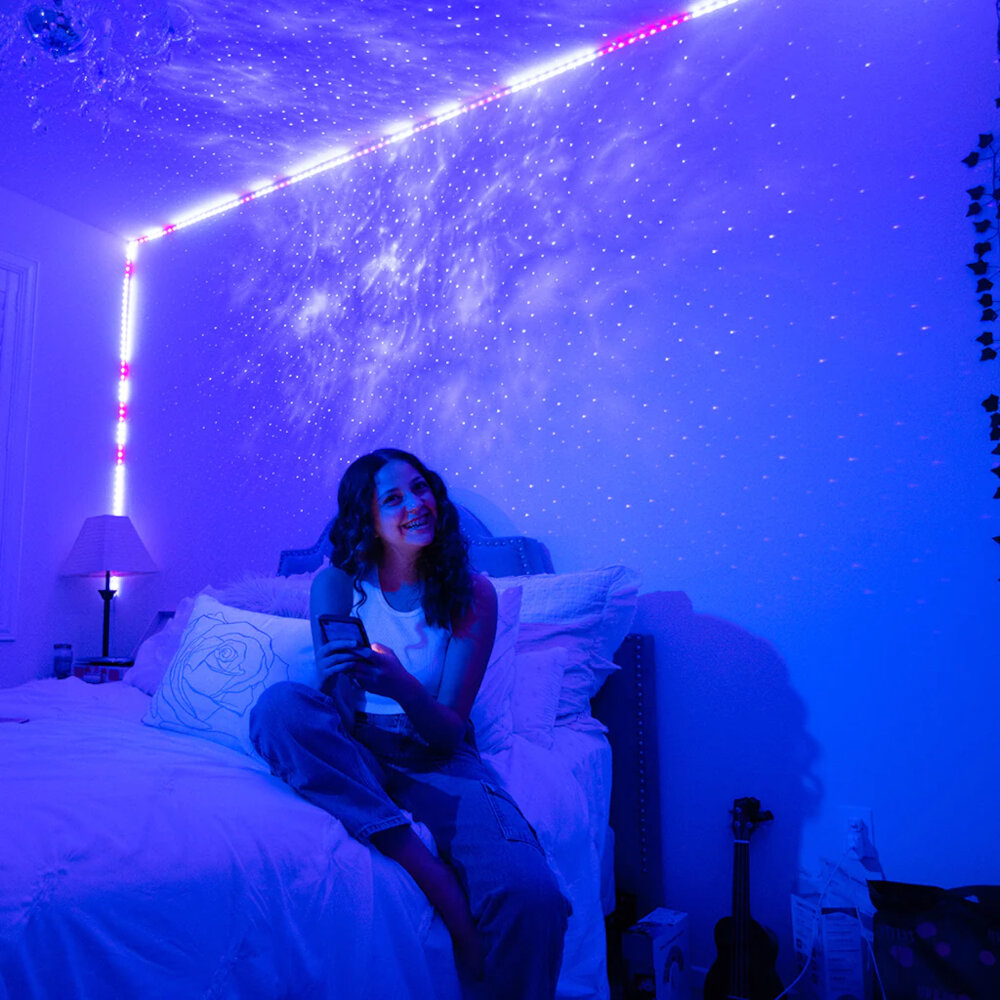
CFL lighting is a popular choice when it comes to lighting up homes or offices. CFL stands for compact fluorescent lamp, and it is a type of energy-efficient lighting that uses less electricity compared to traditional incandescent bulbs. CFLs work by passing an electric current through a gas, which then produces ultraviolet light that is absorbed by a phosphorescent coating on the inside of the bulb, causing it to emit visible light. CFLs are known for their long lifespan and energy efficiency, making them a cost-effective lighting option in the long run. They are also available in a range of colors and brightness levels, making them suitable for a wide range of lighting needs. One of the main advantages of CFL lighting is its energy efficiency. CFLs use up to 75% less energy than traditional incandescent bulbs, which can translate to significant savings on electricity bills over time. Additionally, CFLs have a longer lifespan than incandescent bulbs, with some models lasting up to 10,000 hours. This can also lead to lower maintenance costs, as CFLs need to be replaced less frequently. Another advantage of CFLs is that they are available in a range of colors and brightness levels, making them suitable for different lighting needs. However, it is worth noting that CFLs contain small amounts of mercury, which can be harmful to the environment if not disposed of properly, and they can take a few moments to reach full brightness when turned on.
CFL lighting, or Compact Fluorescent Lighting, is a type of energy-efficient lighting that has gained popularity in recent years due to its low energy consumption and long lifespan. It works by passing an electric current through a tube filled with gas and a small amount of mercury vapor, which produces ultraviolet light. This light then interacts with a phosphorescent coating on the inside of the tube, producing visible light. CFL bulbs are available in a range of shapes and sizes and can be used in a variety of light fixtures. While they are more expensive than traditional incandescent bulbs, CFL bulbs last much longer and use up to 75% less energy, making them a cost-effective option for lighting up your home.
CFL lighting has several advantages and disadvantages. One of the main advantages is that they are energy-efficient and can save you up to 75% on your electricity bill. Additionally, CFL bulbs have a longer lifespan than traditional incandescent bulbs, which means less frequent bulb replacements. However, there are also some drawbacks to using CFL lighting. Firstly, they contain small amounts of mercury, which can be harmful to the environment if not disposed of properly. Secondly, they take longer to warm up and reach full brightness, which can be frustrating for some users. Lastly, CFL bulbs can emit a slightly yellowish or bluish light, which may not be ideal for certain applications. Overall, CFL lighting can be a good choice for those looking to save money and energy, but it’s important to weigh the pros and cons before making a decision.
When it comes to choosing between CFL or LED lighting for your home, energy efficiency and cost are two important factors to consider. LED lights are more energy efficient than CFL bulbs, which means they use less energy to produce the same amount of light. This translates to lower electricity bills and a reduced carbon footprint. While LED lights may have a higher upfront cost compared to CFL bulbs, they last longer and require less frequent replacements, making them more cost-effective in the long run. Additionally, LED lights emit less heat than CFL bulbs, making them safer and more eco-friendly. In conclusion, while LED lights may have a higher initial cost, their energy efficiency and long lifespan make them the better choice for lighting up your home.
LED Lighting
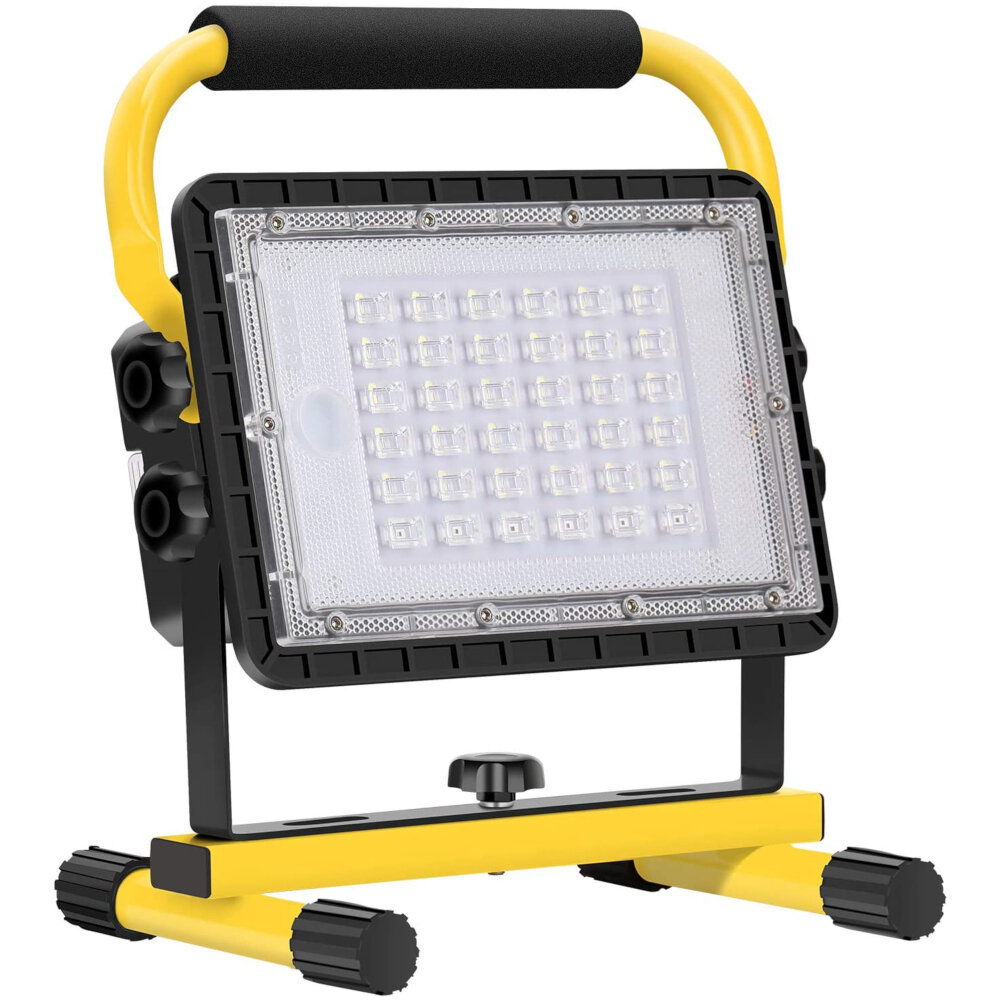
LED lighting has become a popular choice for homeowners who are looking for an energy-efficient and long-lasting lighting solution. Unlike traditional incandescent bulbs, LED lights use a semiconductor to produce light, which means they consume less energy and last much longer. LED lights are also more durable and can withstand shocks and vibrations, making them an excellent choice for outdoor lighting, commercial spaces, and high-traffic areas. In addition, LED lights are available in a wide range of colors and styles, making them a versatile option for any home decor. One significant advantage of LED lighting is that it produces a minimal amount of heat, which translates into lower cooling costs during the summer months. LED lights are also mercury-free and do not emit harmful UV rays, making them a more environmentally friendly option compared to traditional CFL bulbs. While LED lights may have a higher upfront cost, their energy savings and long lifespan make them a more cost-effective choice in the long run. With advancements in technology, LED lighting has become more affordable and accessible, making it an excellent choice for homeowners looking to make their homes more energy-efficient and environmentally friendly.
LED lighting is a type of lighting that uses light-emitting diodes to produce light. These diodes are small, efficient, and long-lasting, making them an increasingly popular choice for home lighting. Unlike traditional incandescent bulbs, which produce light by heating a filament, LED bulbs generate light when a current is passed through a semiconductor material. This means that they use significantly less energy, produce less heat, and last much longer than other types of bulbs. LED lighting is also available in a wide range of colors and styles, making it a versatile and customizable option for any home. While LED bulbs may be more expensive than other types of bulbs, their energy efficiency and longevity make them a cost-effective choice in the long run.
LED lighting has become increasingly popular in recent years due to its energy efficiency, long lifespan, and versatility. One of the main advantages of LED lighting is its energy efficiency, as it uses significantly less electricity than traditional incandescent bulbs. LED bulbs also last much longer than other types of bulbs, which means they require less frequent replacement, making them a cost-effective option in the long run. Additionally, LED lights are available in a wide range of colors and designs, making them a versatile option for all types of lighting needs. However, one of the main drawbacks of LED lighting is its initial cost, which can be higher than other types of bulbs. Additionally, LED lights may not be compatible with all types of fixtures, which can limit their use in certain areas of the home.
When it comes to lighting up your home, it’s important to consider both energy efficiency and cost. Compact fluorescent lamps (CFLs) and light-emitting diodes (LEDs) are both more energy-efficient than traditional incandescent bulbs, but they differ in cost. While CFLs are generally cheaper than LEDs, they have a shorter lifespan and contain small amounts of toxic mercury. On the other hand, LEDs are more expensive upfront but have a longer lifespan and are free of hazardous materials. Additionally, LEDs are more versatile in terms of design and brightness levels. Ultimately, the choice between CFLs and LEDs depends on personal preference and budget, but it’s important to consider the long-term cost savings and environmental impact of each option.
Factors to Consider When Choosing Between CFL and LED Lighting
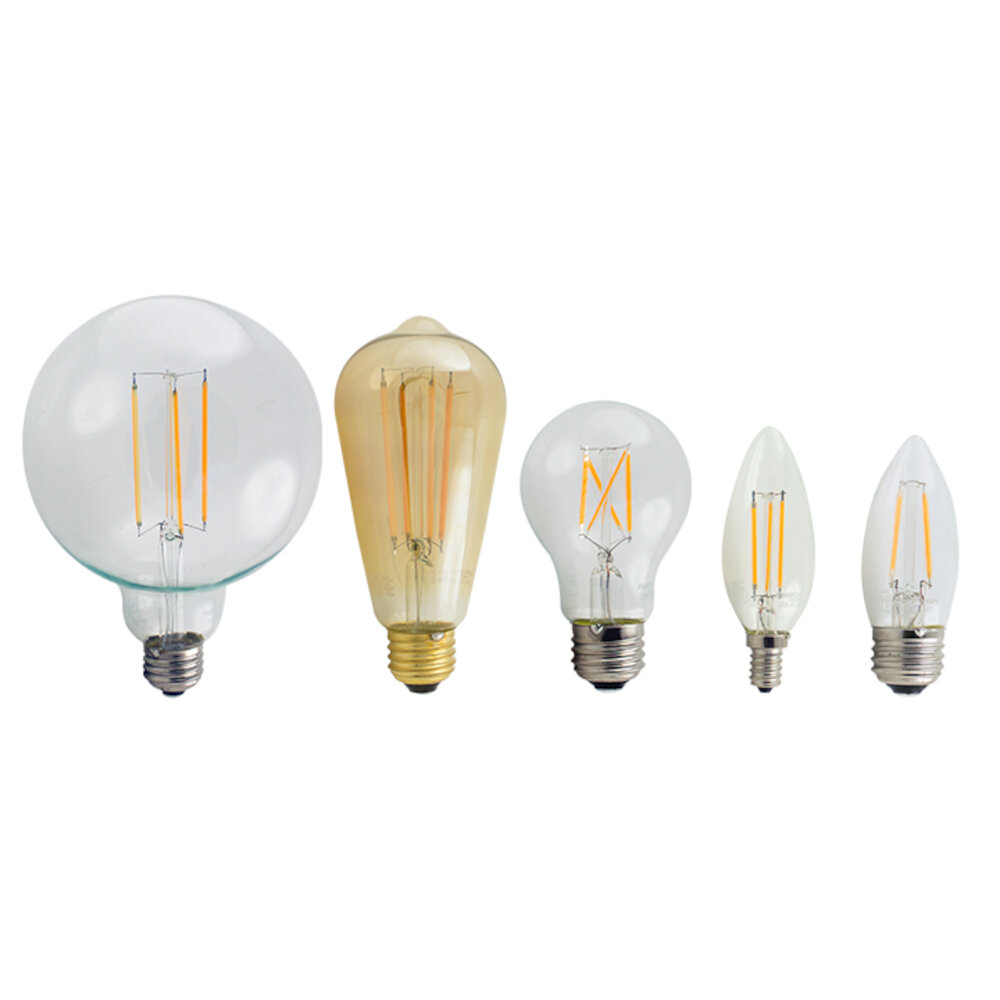
Choosing the right lighting for your home can be a daunting task, but it’s important to consider the environmental and financial impact of your choice. Two popular options for energy-efficient lighting are compact fluorescent lamps (CFLs) and light-emitting diodes (LEDs). When deciding between these two options, there are several factors to consider. First, consider the initial cost. While CFLs are less expensive than LEDs, they have a shorter lifespan and may need to be replaced more frequently. LEDs may have a higher initial cost, but they last longer and use less energy, ultimately saving you money in the long run. Additionally, LEDs emit less heat than CFLs, which can also save you money on cooling costs during the summer months. Another factor to consider is the color of the light. CFLs tend to emit a warmer, yellow-toned light, while LEDs offer a range of colors and can be adjusted to suit your preferences. Overall, both CFLs and LEDs offer energy-efficient options for lighting your home, so it’s important to weigh the pros and cons of each before making a decision.
When deciding between CFL and LED lighting for your home, it’s important to consider several factors. One of the most significant factors is cost, as LED bulbs tend to be more expensive upfront but can save you money in the long run due to their energy efficiency and longer lifespan. Energy efficiency is another crucial consideration, as LED bulbs use less energy than CFL bulbs and can save you money on your electricity bill. Lifespan is also an important factor, with LED bulbs lasting up to 25,000 hours compared to CFL bulbs which last around 10,000 hours. Lastly, brightness is something to consider, as LED bulbs tend to be brighter and more directional than CFL bulbs, which can be better for task lighting. By weighing these factors, you can choose the best lighting option for your home that meets your needs and budget.
When it comes to choosing the right lighting for your home, there are two main options: CFL and LED. Both types of lighting have their own advantages and disadvantages. In terms of energy efficiency, LED lighting is the clear winner as it uses up to 75% less energy than CFL lighting. LED lighting also lasts much longer than CFL, with a lifespan of up to 50,000 hours compared to CFL’s 10,000 hours. However, CFL lighting is generally more affordable than LED lighting, making it a more accessible option for those on a tight budget. Additionally, CFL lighting is easier to find and can be purchased at most hardware stores, whereas LED lighting is still not as widely available. Ultimately, the decision between CFL and LED lighting will depend on your individual needs and preferences, as well as your budget.
Making the Decision
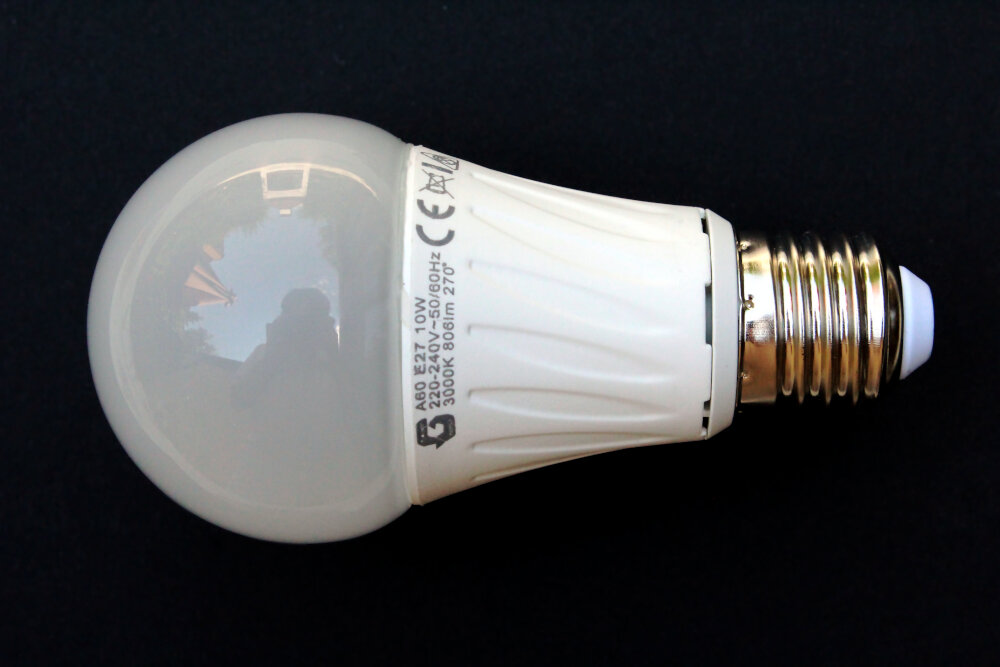
Making the decision to switch from traditional incandescent lighting to either CFL or LED lighting can be a daunting task. It’s important to consider a variety of factors before making a final decision. The first thing to consider is the initial cost of the bulbs. While CFL bulbs are generally less expensive than LED bulbs, they also have a shorter lifespan and can consume more energy over time. LED bulbs, on the other hand, are more expensive initially but can last up to 25 times longer than traditional incandescent bulbs and use less energy overall. It’s important to weigh the initial cost against the long-term savings to determine which option is best for your budget. Another factor to consider when choosing between CFL and LED lighting is the quality of light produced. CFL bulbs have a reputation for producing harsh, flickering light that can be unappealing to some people. LED bulbs, on the other hand, produce a more natural-looking light that can be adjusted to different levels of brightness and color temperature. LED bulbs also contain no hazardous materials, making them a more environmentally friendly choice. Ultimately, the decision between CFL and LED lighting comes down to personal preference and budget. By considering the initial cost, lifespan, energy consumption, and quality of light produced, you can make an informed decision that will meet your lighting needs while also being cost-effective and environmentally friendly.
In conclusion, both CFL and LED lighting have their advantages and disadvantages when it comes to lighting up your home. CFLs are more affordable and widely available, but they have a shorter lifespan and contain small amounts of mercury, which can be harmful if not disposed of properly. LEDs, on the other hand, are more expensive upfront but last much longer and are more energy-efficient, saving you money in the long run. Additionally, they do not contain any hazardous materials and are more versatile in terms of design and color options. Ultimately, the decision between CFL and LED lighting will depend on your personal preferences, budget, and lighting needs.
When deciding whether to choose CFL or LED lighting for your home, it’s important to consider your individual needs and preferences. Some factors you may want to take into account include the brightness, color temperature, and lifespan of the bulbs, as well as any environmental concerns you may have. It’s also important to consider the initial cost of the bulbs and how much energy they will consume over time. To make the best decision, do your research and consider factors such as your budget, the size of your home, and the type of lighting you need. Ultimately, the best choice will depend on your unique circumstances, so it’s important to take the time to consider all of your options before making a final decision.
In conclusion, when choosing between CFL and LED lighting, it’s essential to consider your priorities. If you prioritize energy efficiency, cost-effectiveness, and long-term usage, LED lighting is the way to go. On the other hand, if you’re more concerned about upfront cost and don’t mind a slightly lower energy efficiency, CFL lighting might be a better choice. Ultimately, both types of lighting have their pros and cons, so it’s essential to weigh them carefully and choose the option that aligns with your specific needs and preferences. Regardless of your choice, it’s essential to remember that switching to energy-efficient lighting is an investment that can benefit both your wallet and the environment in the long run.
Based on the information presented in the article, the best option for most homes would be LED lighting. While CFLs are more energy-efficient than traditional incandescent bulbs, they still have some drawbacks, such as containing mercury and taking longer to reach full brightness. On the other hand, LED bulbs are not only energy-efficient but also have a longer lifespan, emit less heat, and are free of toxic substances. Additionally, LED technology has improved significantly in recent years, providing better color quality and dimming capabilities. While LED bulbs may have a higher upfront cost, their long-term benefits make them a more cost-effective and environmentally friendly choice for lighting up your home.
Conclusion
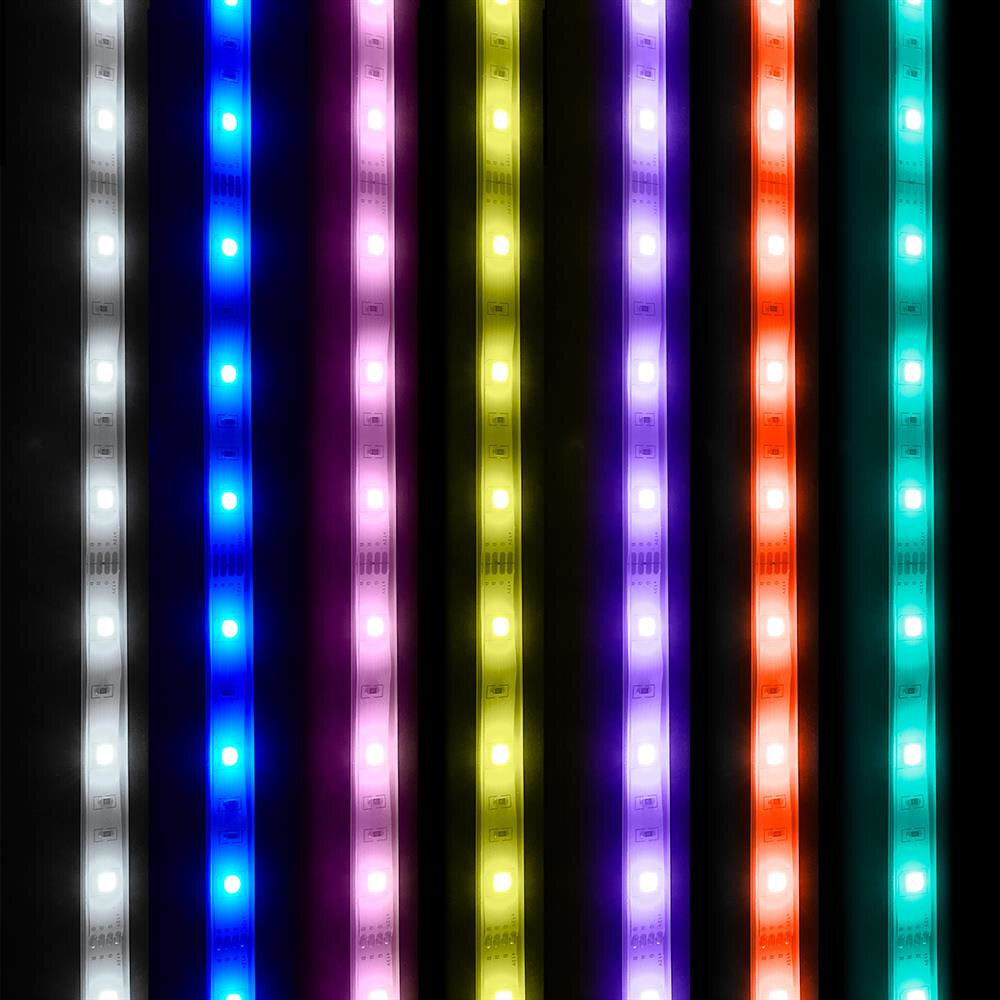
In conclusion, when it comes to choosing between CFL or LED lighting for your home, there are several factors to consider. While CFLs are more affordable and widely available, LEDs offer longer lifespan, energy efficiency, and better quality lighting. Although LEDs have a higher initial cost, they can save you money in the long run by reducing your electricity bill and requiring less frequent replacements. Additionally, LEDs are more environmentally friendly due to their lower energy consumption and absence of harmful chemicals. Ultimately, the decision between CFL or LED lighting depends on your personal preferences, budget, and lighting needs. It’s important to weigh the pros and cons of both options and make an informed decision that will benefit you and your home in the long term.


